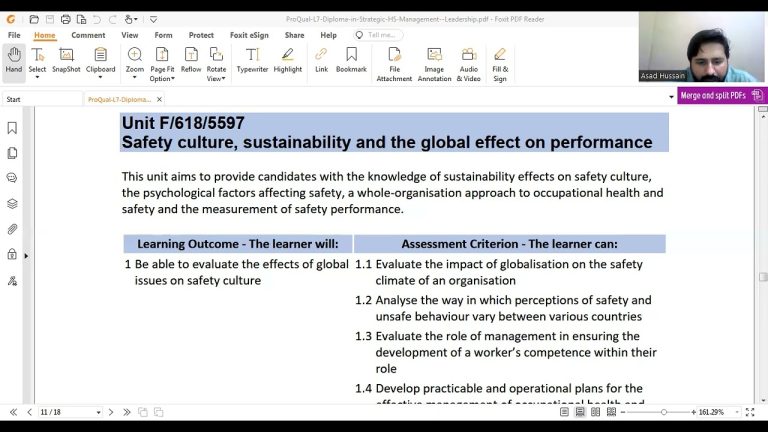The Art of Strategic Hazard Placement: Maximizing Impact and Efficiency

When it comes to designing a captivating video game, strategic placement of hazards plays a crucial role in keeping players engaged and on the edge of their seats. From treacherous pits to menacing enemies lurking in the shadows, these obstacles not only add excitement, but also add depth and challenge to the gaming experience. In this article, we explore the art of placing hazards strategically within games, uncovering the secrets behind creating intense and unforgettable gameplay. Get ready to delve into the world of game design and discover how the placement of hazards can make all the difference.
What is the hierarchy of hazard?
The hierarchy of controls is a systematic approach for prioritizing safety measures to protect workers from potential hazards. This method categorizes safeguards into five levels, starting with the most effective and gradually decreasing in effectiveness. The first level is elimination, which involves completely removing the hazard from the work environment. Substitution comes next, where the hazard is replaced with a less dangerous alternative. Engineering controls, the third level, focus on implementing physical changes or barriers to minimize exposure to the hazard. Administrative controls, the fourth level, involve implementing policies, procedures, and training to reduce risk. Finally, personal protective equipment (PPE) is the last line of defense, providing workers with protective gear to mitigate the hazards they may encounter. By following this hierarchy, organizations can ensure a comprehensive and effective approach to workplace safety.
What does the hierarchy of risk strategy involve?
In the hierarchy of risk strategy, eliminating the hazard and risk stands as the highest level of control. This involves identifying and completely removing any potential dangers or threats from the environment. Following this, the next level focuses on reducing the risk through substitution, isolation, and engineering controls. This entails replacing hazardous substances or processes with safer alternatives, isolating workers from potential harm, and implementing engineering controls to minimize the risk. Lastly, the hierarchy emphasizes reducing the risk through administrative controls, which involves implementing policies, procedures, and training programs to effectively manage and mitigate risks. By following this hierarchical approach, organizations can ensure a comprehensive and effective risk management strategy.
What strategy is the most effective for hazard control?
The most effective hazard control strategy is elimination. By removing the hazard at its source, elimination ensures that no exposure can occur. This can be achieved by implementing changes in the work process, such as discontinuing the use of toxic chemicals, heavy objects, or sharp tools. Not only does elimination provide the highest level of protection for workers, but it also serves as a proactive approach to preventing accidents and injuries.
Strategic Hazard Placement: Unleashing Maximum Impact
Strategic Hazard Placement: Unleashing Maximum Impact
1. In the world of strategic planning, hazard placement has emerged as a powerful tool for creating maximum impact. By strategically placing hazards in key locations, businesses can disrupt their competitors' operations and gain a competitive edge. This approach is not about causing harm but rather about leveraging the element of surprise to gain a strategic advantage. With careful planning and execution, strategic hazard placement can revolutionize the way businesses operate and propel them towards success.
2. The key to successful hazard placement lies in its strategic nature. By analyzing market trends, competitor behavior, and customer preferences, businesses can identify the areas where a hazard placement will have the most impact. Whether it's disrupting supply chains, targeting competitors' weaknesses, or capturing the attention of the market, strategic hazard placement allows businesses to make a bold statement and stand out from the crowd. This approach requires meticulous planning and a deep understanding of the industry dynamics, but the rewards can be game-changing.
3. However, it is important to note that strategic hazard placement should always be approached ethically and responsibly. While the goal is to create maximum impact, businesses must also consider the potential consequences and ensure that no harm is done to individuals or the environment. Clear guidelines and regulations should be in place to ensure that hazard placement is done in a controlled and safe manner. By balancing the need for impact with ethical considerations, businesses can unleash the full potential of strategic hazard placement without compromising their integrity.
Efficiency Unleashed: Mastering Strategic Hazard Placement
Efficiency Unleashed: Mastering Strategic Hazard Placement
In the realm of strategic hazard placement, efficiency reigns supreme. It is the art of strategically positioning hazards in a way that maximizes their impact and minimizes their consequences. With meticulous planning and foresight, one can unleash the full potential of hazards, transforming them into powerful tools that can shape the outcome of any situation. By carefully analyzing the terrain, understanding the strengths and weaknesses of opponents, and considering the potential outcomes, one can strategically place hazards to create a domino effect, ensuring the most advantageous outcome. Efficiency is the key to mastering this art, as it allows for precise execution and unparalleled control over the battlefield. So, embrace the power of strategic hazard placement and unleash its full potential to achieve victory like never before.
In order to effectively enhance the challenge and thrill of a game, strategic placement of hazards is paramount. By strategically positioning obstacles and dangers throughout the gameplay, developers can create an immersive and exciting experience for players. Whether it's a treacherous maze, a perilous jump, or a cunning enemy, the careful arrangement of hazards adds depth and excitement to the game world. Ultimately, the strategic placement of hazards serves as a crucial element in captivating players and keeping them engaged until the very end.